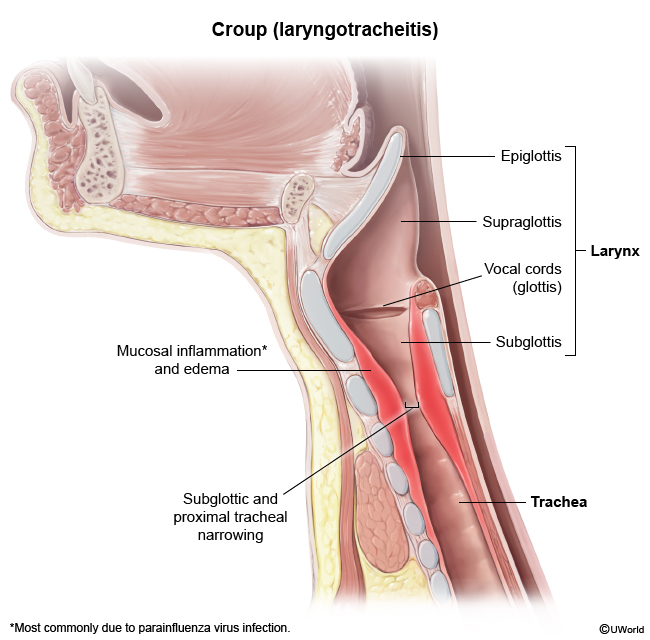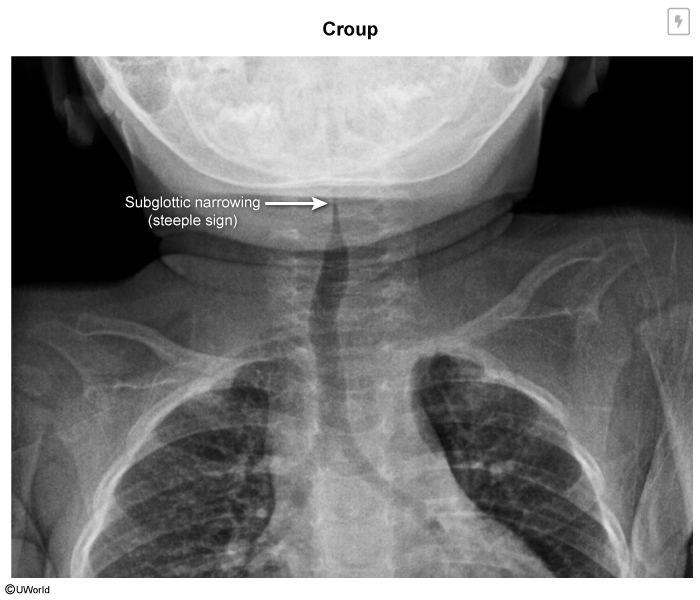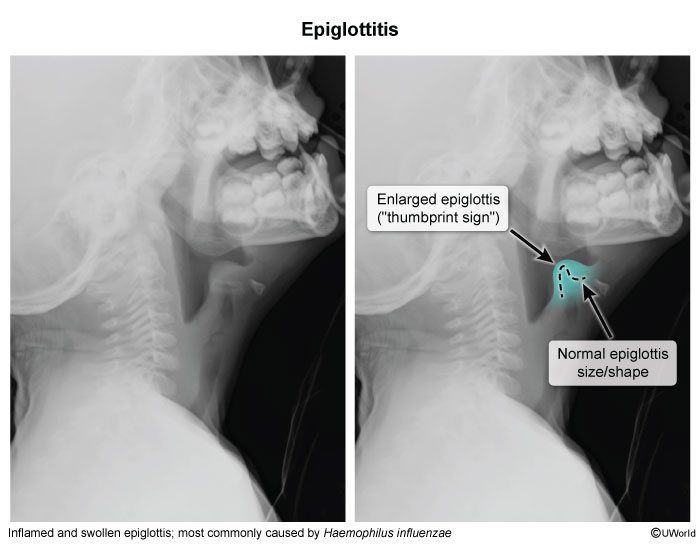Foreign Body Aspiration (Airway Foreign Body)
Article Sections
Introduction
Airway foreign bodies (AFBs) are objects that enter the respiratory tract, leading to varying degrees of airway obstruction. Foreign body aspiration is more common in children due to their exploratory behavior but can also occur in adults with risk factors such as impaired swallowing or altered mental status. AFBs may cause significant morbidity or mortality, especially when recognition or treatment is delayed.
Anatomy
The airway provides a passageway (Figure 1) for air to be delivered to the lungs. It is lined by a delicate epithelium; warming and humidifying the air helps to protect this delicate epithelium as the air passes through. It also serves to filter both small particles and larger objects (ie, foreign bodies) from the air.
Upper airway-
Nasal cavity: Typical entry point for air. Due to the septum and nasal turbinates, airflow is subjected to a large surface area of well-vascularized mucosa with extensive mucus glands, which helps to warm and humidify inspired air. Small hairs at the anterior portion of the nose work as a filter; sneezing also can expel both small and large particles from the airway.
Continue Learning with UWorld
Get the full Foreign Body Aspiration (Airway Foreign Body) article plus rich visuals, real-world cases, and in-depth insights from medical experts, all available through the UWorld Medical Library.
Figures
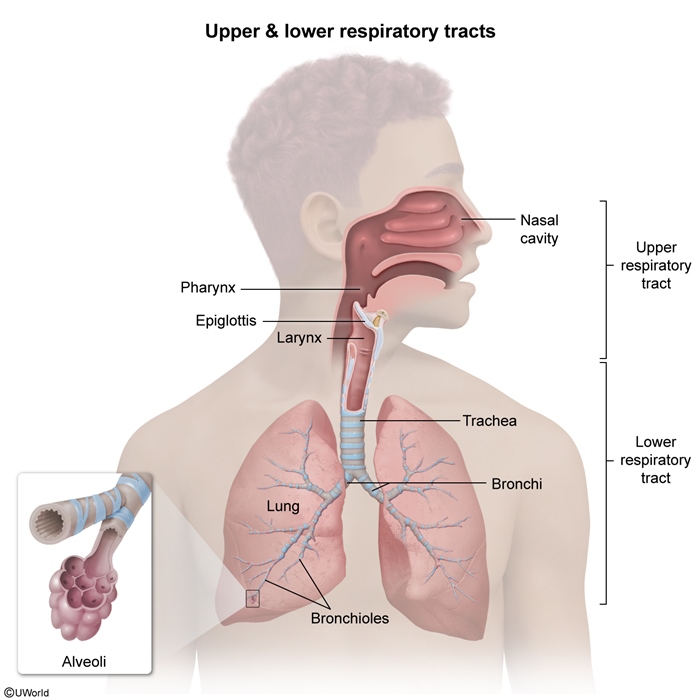
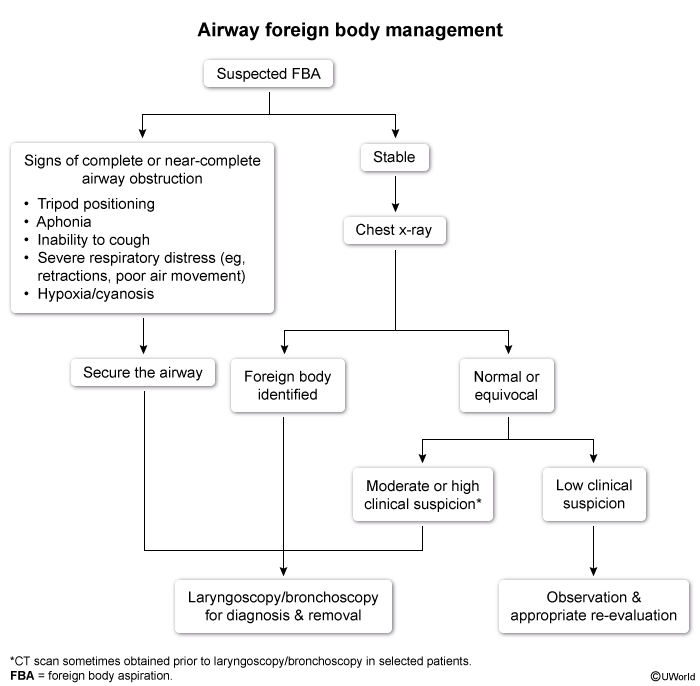
Images
